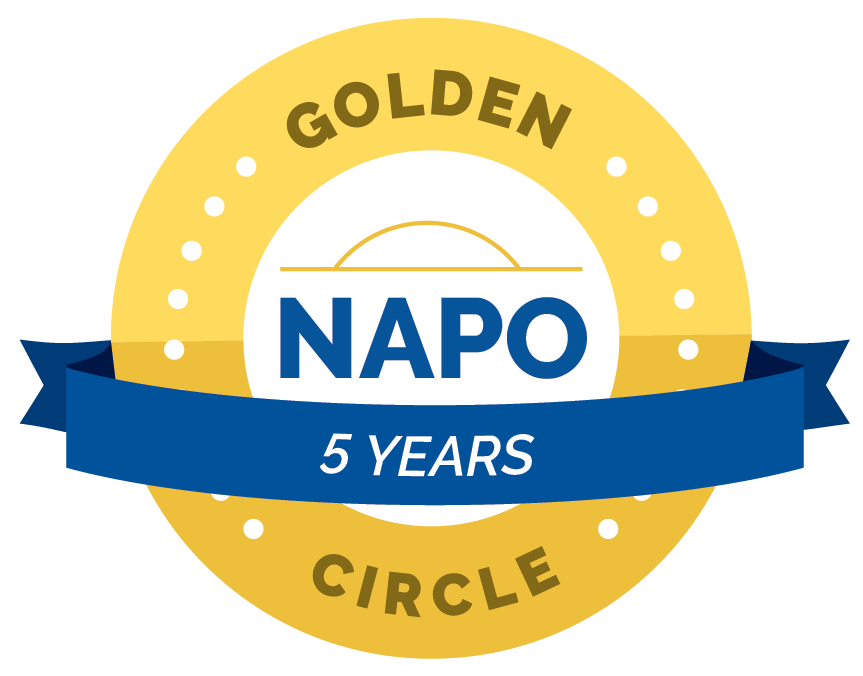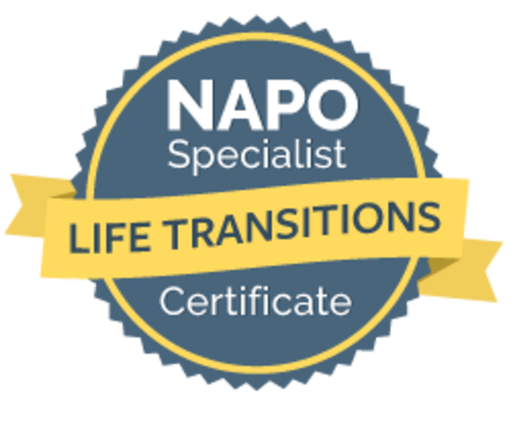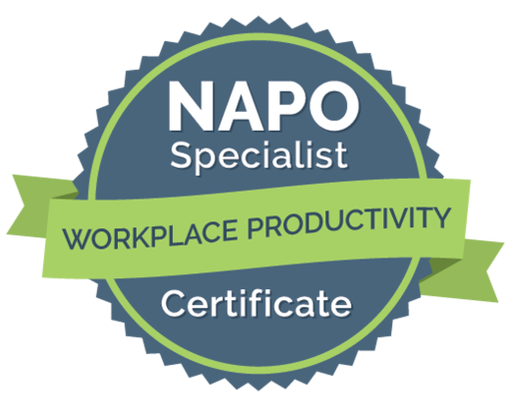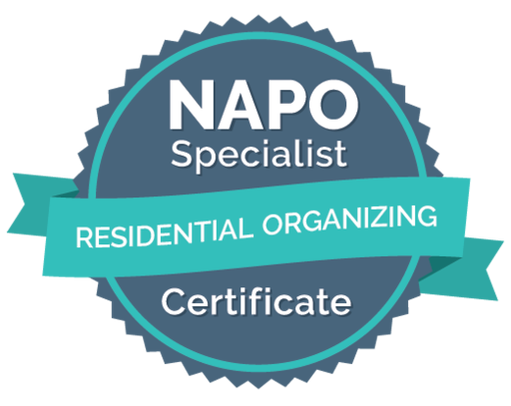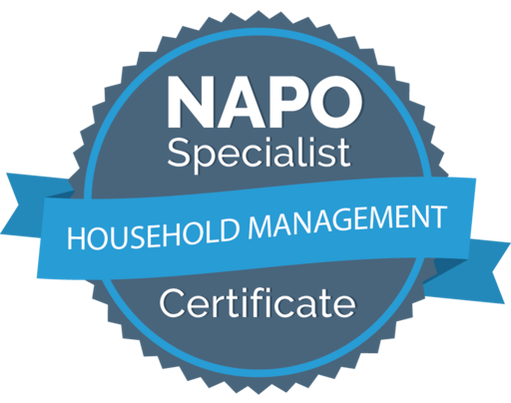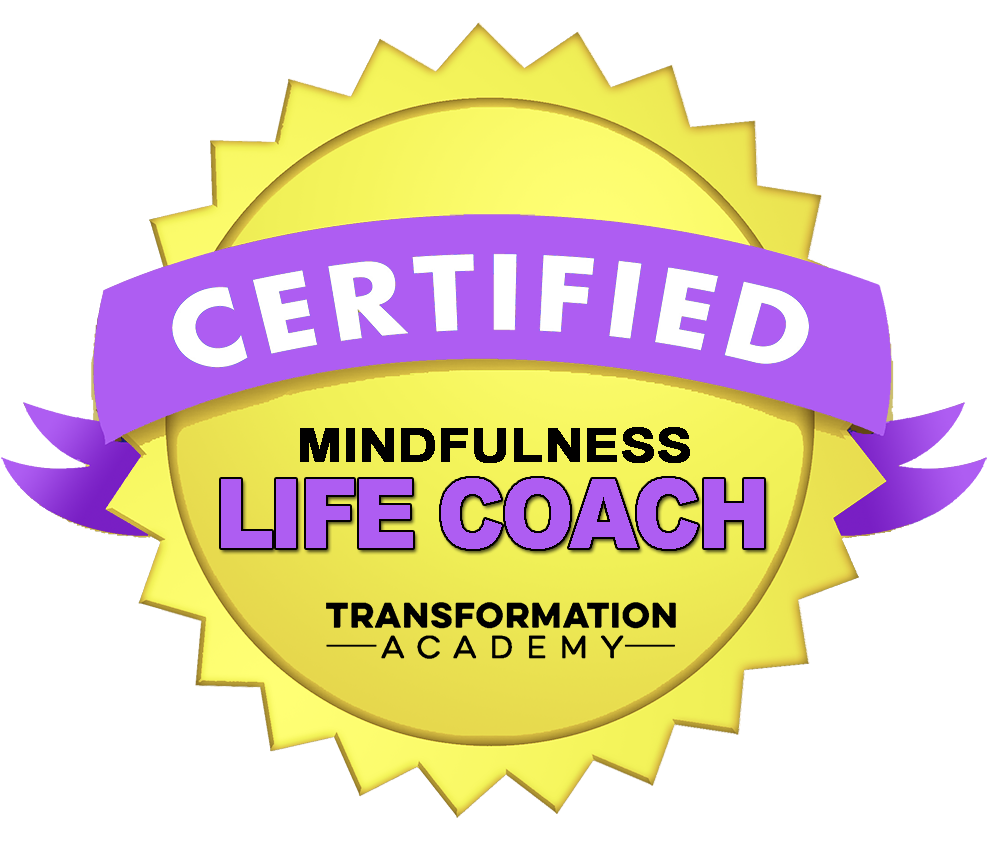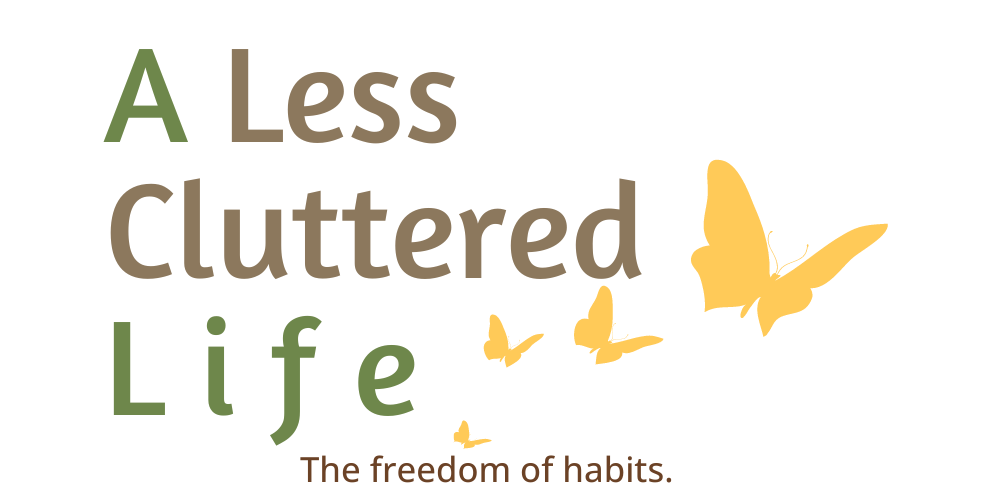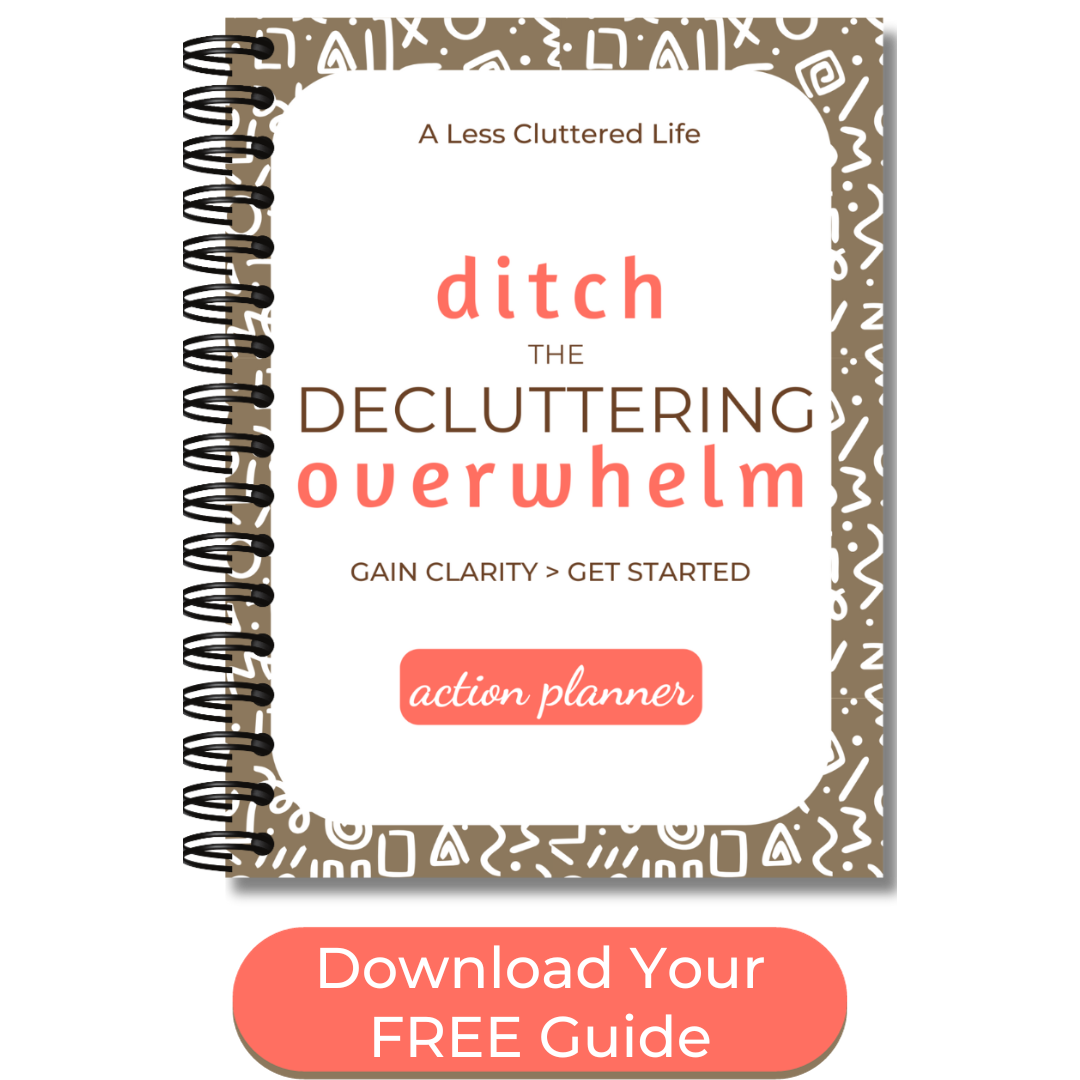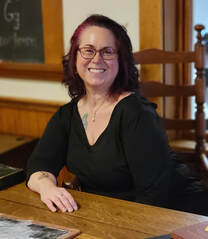
Hey, I'm Susan, and I'm the driving force behind A Less Cluttered Life. My journey started when I faced the overwhelming task of emptying my parents' house, a place so filled with stuff that we had to walk sideways to move around most of the rooms.
Determined to break free from that cycle of accumulating stuff, I began to declutter and simplify my possessions. The relief and serenity I found were transformative - I was no longer organizing for the sake of it, but creating intentional spaces that truly served me.
My personal connection with decluttering and my professional organizing business took a profound turn when I was diagnosed with ADHD at age 57. Balancing my decluttering business, commitments to two nonprofit boards, household management, and relationships left me stressed and reactive. It was only delving into the realm of ADHD management and exploring ways to streamline my own life that I realized I could help others facing similar challenges.
Armed with my lifelong love of learning and an unwavering commitment to progress, I've crafted coaching programs and workbooks that address the unique needs of women with ADHD traits. As a professional organizer, my specialist certificates from the National Association of Productivity and Organizing Professionals' NAPO University underscore my dedication to effective solutions.
I understand the impact of burnout, of feeling reactive rather than proactive. My desire to share the practical skills that transformed my life - and the executive functions I've strengthened - drives me to empower women to reclaim their spaces, time, and mental clarity. My approach focuses on practicality over perfection, aligning decluttering and organizing with what truly matters to each individual.
Through A Less Cluttered Life, I aspire to grant my clients the gift of control. I want them to experience the relief of no longer being late, the freedom from procrastination, and the confidence to establish boundaries that honor their time. An organized home and intentional routines can be a reality. Let's embark on this journey together and create a life that's truly clutter-free.
Sign up for my weekly newsletter to learn more about my exploration of skills and techniques that can help women who were recently diagnosed with ADHD.
Determined to break free from that cycle of accumulating stuff, I began to declutter and simplify my possessions. The relief and serenity I found were transformative - I was no longer organizing for the sake of it, but creating intentional spaces that truly served me.
My personal connection with decluttering and my professional organizing business took a profound turn when I was diagnosed with ADHD at age 57. Balancing my decluttering business, commitments to two nonprofit boards, household management, and relationships left me stressed and reactive. It was only delving into the realm of ADHD management and exploring ways to streamline my own life that I realized I could help others facing similar challenges.
Armed with my lifelong love of learning and an unwavering commitment to progress, I've crafted coaching programs and workbooks that address the unique needs of women with ADHD traits. As a professional organizer, my specialist certificates from the National Association of Productivity and Organizing Professionals' NAPO University underscore my dedication to effective solutions.
I understand the impact of burnout, of feeling reactive rather than proactive. My desire to share the practical skills that transformed my life - and the executive functions I've strengthened - drives me to empower women to reclaim their spaces, time, and mental clarity. My approach focuses on practicality over perfection, aligning decluttering and organizing with what truly matters to each individual.
Through A Less Cluttered Life, I aspire to grant my clients the gift of control. I want them to experience the relief of no longer being late, the freedom from procrastination, and the confidence to establish boundaries that honor their time. An organized home and intentional routines can be a reality. Let's embark on this journey together and create a life that's truly clutter-free.
Sign up for my weekly newsletter to learn more about my exploration of skills and techniques that can help women who were recently diagnosed with ADHD.
Clutter (or decluttering) aside, who is Susan?
I live along the Charles River in Massachusetts, USA with my husband and a fluffy calico cat named Biscuits. I crochet, craft handmade cards, and love reading young adult novels as well as personal development books. I volunteer for my town's Garden Club and Friends of the Library. Oh, and I love personality tests (no, I don't know which Disney princess I am).
I am...
To summarize, I love learning, figuring things out in non-conventional ways, and being supportive. I'd love to help guide you through clearing your clutter so you can reach a place in your life where you can focus on the things that truly matter to you.
I am...
- An INFP (The mediator)
- Adobe Creative Type - The Dreamer
- Values in Actions Character Strengths
- Love of Learning
- Forgiveness
- Appreciation of Beauty & Excellence
- Kindness
- Creativity
- Clifton Strengths (FYI, they charge for this quiz)
- Learner
- Intellection
- Strategic
- Input
- Restorative
- Enneagram Type 2: The Helper
- Rubin Tendency: Rebel (not as exciting as it sounds)
- Hogwarts House: Ravenclaw
To summarize, I love learning, figuring things out in non-conventional ways, and being supportive. I'd love to help guide you through clearing your clutter so you can reach a place in your life where you can focus on the things that truly matter to you.


